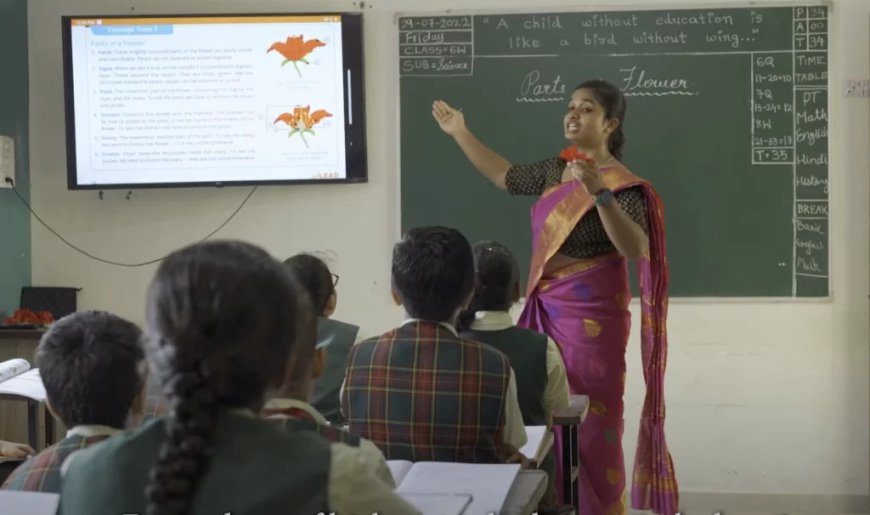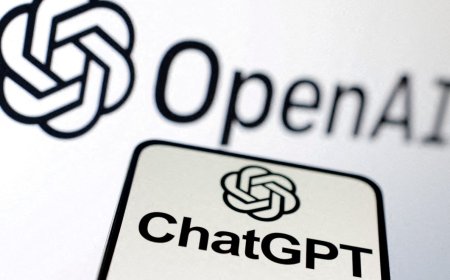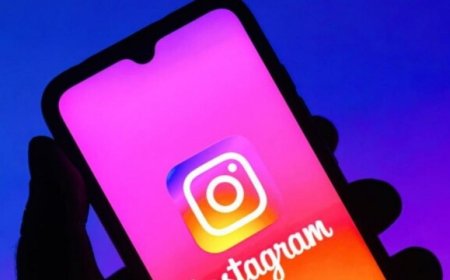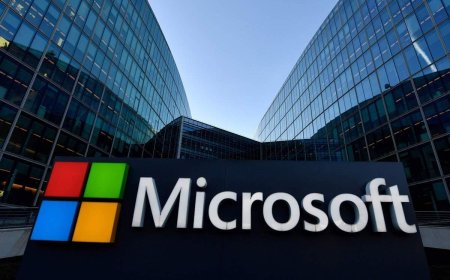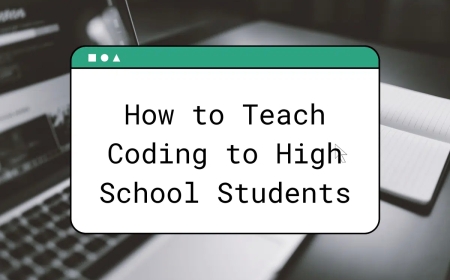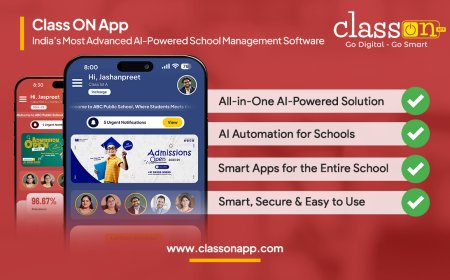In today's modern classrooms, technology plays a vital role in enhancing the learning experience.
This article explores 12 key points highlighting the Role of Technology in
Modern Classrooms has transformed education, from interactive learning tools and online resources to personalized instruction and global connectivity, shaping the way students learn and teachers teach.
1. Interactive Learning Tools:
Technology provides
interactive learning tools such as educational apps, simulations, and virtual reality, making lessons engaging and interactive for students.

2. Access to Online Resources:
The internet offers a vast array of online resources, including e-books, research databases,
educational videos, and interactive websites, providing students with a wealth of information at their fingertips.
3. Personalized Instruction:
Technology enables personalized instruction, allowing teachers to adapt lessons to individual student needs, interests, and learning styles, fostering a more inclusive and effective learning environment.
4. Collaboration and Communication:
Digital platforms, such as online discussion boards and video conferencing tools, facilitate collaboration and communication among students, promoting teamwork and global connections.
5. Distance Learning:- Role of Technology in Modern Classrooms
Technology has made distance learning possible, enabling students to access education remotely, participate in online classes, and engage in virtual discussions, expanding educational opportunities.
6. Instant Feedback and Assessment:
With technology, teachers can provide immediate feedback to students through online quizzes, interactive exercises, and automated grading systems, promoting continuous learning and improvement.
7. Multimedia Presentations:
Technology allows students to
create multimedia presentations, incorporating images, videos, audio, enhancing their communication and presentation skills.
8. Global Learning:- Role of Technology in Modern Classrooms
Through technology, students can connect with peers from around the world, fostering cultural understanding, global awareness, and collaborative projects.
9. Digital Note:
Taking and Organization: Digital tools and applications facilitate efficient note-taking, organization, and access to educational materials, enhancing students' productivity and study habits.
10. Educational Gamification:
Gamification integrates educational content into games and activities, making learning enjoyable and motivating for students, while reinforcing knowledge and skills.
11. Virtual Field Trips:- Role of Technology in Modern Classrooms
Technology enables virtual field trips, allowing students to explore museums, landmarks, and historical sites from the classroom, providing immersive and enriching learning experiences.
12. Data-Driven Instruction:
Technology provides valuable data and analytics on student performance, progress, enabling teachers to identify areas for improvement and provide targeted support.

Conclusion :
Technology has revolutionized modern classrooms, offering innovative tools and resources that enhance learning, foster collaboration, and provide personalized instruction.
Embracing technology in education opens up endless possibilities for students and educators, preparing them for the challenges and opportunities of the digital age.
Follows Us for More Updates
Like Us on Facebook Page :
Click Here
Like Us on Instagram :
Click Here
